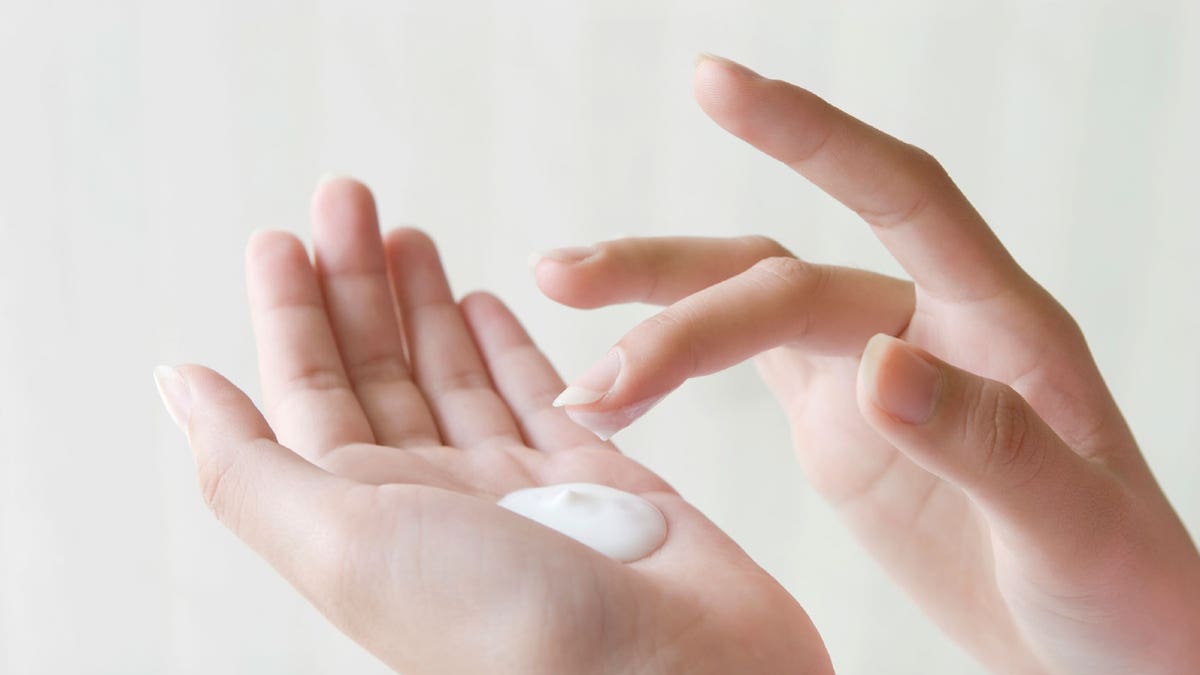
(iStock)
New research continues to better define the risks of sunburn and sun exposure.
A new prospective study from Brown University, just published in Cancer Epidemiology Biomarkers and Prevention, is the first to show that experiencing just five blistering sunburns between the ages of 15 and 20 is enough to increase a person's risk of developing melanoma by 80 percent. The study, which followed 109,000 nurses over two decades, also found that excessive sun exposure throughout childhood and adulthood increases a person's risk of developing squamous cell and basal cell skin cancer. Interestingly, excess sun exposure during adulthood alone did not increase a person's risk of melanoma.
What to do? The American Academy of Dermatology recommends applying Sun Protection Factor (SPF) 30 every few hours to decrease skin cancer risk when you're in the sun. Sunscreen should also be reapplied after swimming, and other protective clothing should be worn. Sunburns should be treated as quickly as possible with cool baths, moisturizers, hydrocortisone cream and hydration.
Unfortunately, we don’t have all of the best sunscreen options available to us here in the U.S. Sunscreen options are limited because the U.S. Food and Drug Administration (FDA) has not approved new sunscreen ingredients in over a decade - since 1999.
“The primary focus of the current formulations on the U.S. market have revolved around sunburn and that has been historically the primary issue we face,” Jim Mish, group vice president of Ashland Consumer Specialty Business, told FoxNews.com. “I think the Europeans have been ahead of us, and other regions of the world have been ahead of us on anti-aging and anti-wrinkle and other carcinogen effects of the sun.”
Sunburn isn’t the only problem. One of the best protections against skin cancer is daily use of a broad spectrum sunscreen protecting against both UVB (which causes sunburn), and the more deeply penetrating UVA rays (which cause wrinkles and skin cancer). Eight applications for new broad spectrum sunscreens are currently pending before the FDA, including for some containing the effective ingredients Tinosorb M and S.
“There are effective choices in this country, but those choices are limited and we are behind the curve in terms of the innovation that has taken place in the last 10 years," Wendy Selig, president of the Melanoma Research Alliance, said. "And we see that because there are more products with more innovative options available in other countries.”
According to the American Cancer Society, skin cancer is now the most common of all cancers, with more than 3.5 million new cases diagnosed each year.
“It is frustrating to develop technology that is cutting edge [and] to be delayed for a decade getting it into the consumers hands,” Mish said.
In a statement to FoxNews.com , the FDA said, "The FDA recognizes the public health importance of sunscreen use, and has prioritized reviewing the safety and effectiveness of additional sunscreen ingredients as quickly as possible given the Agency's resources."
Nevertheless, the delays stretch on. Earlier this year, bipartisan legislation was introduced in Congress aimed at reducing the backlog of applications in the FDA and changing the current review process. The bill has gained wide support from dermatologists, melanoma experts and manufacturers.
The American public would clamor for the newer, better sunscreens too, if they knew about them. In the meantime, the AAD recommends slathering on the water-resistant sunscreens currently on the market.
